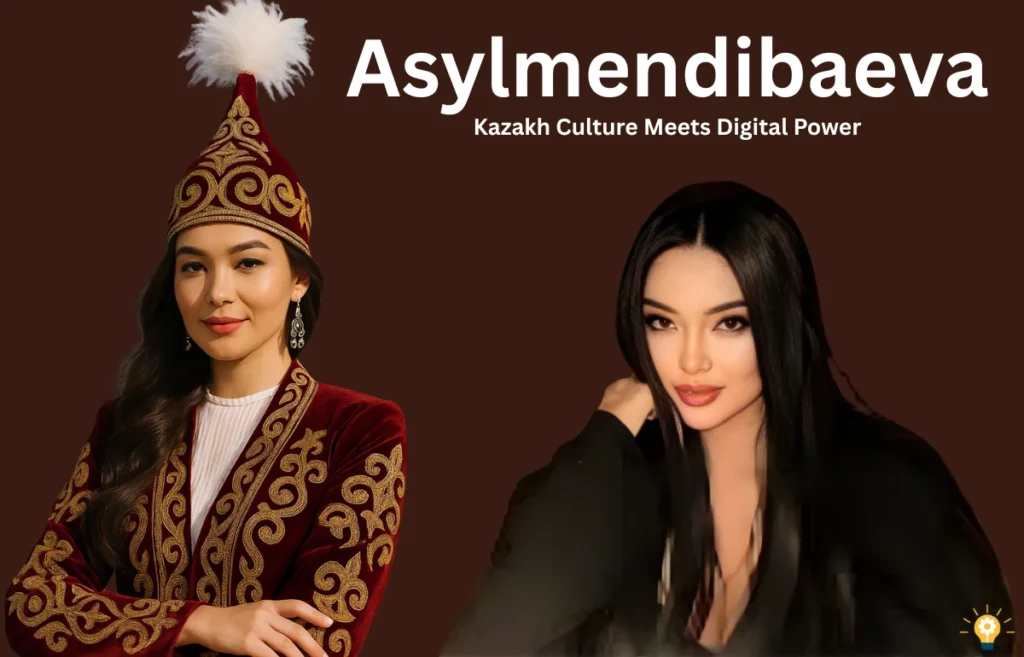The Origins and Background of Asylmendibaeva
The cultural phenomenon known as Asylmendibaeva derives its name and significance from a rich tapestry of historical and cultural elements embedded in its community. This term not only refers to specific practices but also embodies the collective identity and values of the people who have nurtured its evolution over the centuries. Understanding these roots is essential to appreciate the profound impact that Asylmendibaeva has had on its community.
Historically, Asylmendibaeva can be traced back to age-old traditions that were practiced within the region. These traditions were deeply influenced by local legends, often featuring heroic figures who personified the ideals held dear by the community. The narratives surrounding these figures provided the moral and ethical frameworks for local customs, serving to unite generations through shared stories and experiences. Such legends often highlight the importance of courage, resilience, and unity, which are critical characteristics for understanding the essence of Asylmendibaeva.
In addition to local legends, the development of Asylmendibaeva has been shaped by prominent figures throughout history. These key individuals, through their contributions, helped to elevate the practice and establish its relevance in contemporary culture. Their involvement has not only facilitated a deeper understanding of Asylmendibaeva but has also ensured its continuity in the face of modernization and globalization. This interplay between tradition and modernity illustrates the dynamic nature of Asylmendibaeva, allowing it to adapt while staying rooted in its core values.
Ultimately, the historical and cultural roots of Asylmendibaeva illuminate the significance of this phenomenon within its originating community. This makes it not merely a set of practices but a vital component of cultural heritage and identity, connecting individuals to their past while strengthening their ties to one another.
The Artistic Expression of Asylmendibaeva

The artistic expression surrounding Asylmendibaeva is a vibrant tapestry that threads together traditional and contemporary forms of creativity. At its core, this cultural phenomenon encompasses various arts, including music, dance, crafts, and visual arts, each mirroring the rich heritage of the Asylmendibaeva community. Traditional music, characterized by its unique instruments and melodies, serves as a vital component of this cultural expression. Many musicians strive to revive ancient songs, weaving narratives that reflect the life, customs, and challenges of the Asylmendibaeva people.
Dance, another critical aspect, often accompanies music and serves as a form of storytelling. Traditional dances are typically performed at celebrations and ceremonies, demonstrating the community’s values and beliefs. These performances, rich in symbolism, attract both local attendees and an international audience, contributing to the global appreciation of Asylmendibaeva’s artistic heritage. The intricate costumes worn during these dances often feature motifs that resonate with the cultural significance of the community and enhance the visual appeal of the performances.
In addition to these traditional expressions, crafts such as embroidery, weaving, and pottery represent another dimension of Asylmendibaeva’s artistic identity. Craftspeople blend practicality with artistry, creating pieces that serve functional purposes while also showcasing intricate designs and traditional techniques. These crafts often reflect stories and local legends, preserving historical narratives within their designs and bringing more depth to the cultural fabric.
Contemporary adaptations of Asylmendibaeva arts are gaining popularity, as artists and performers explore innovative ways to engage with both the local population and a wider audience. Modern interpretations of traditional performances, and the fusion of various artistic styles, contribute to a renewed interest in Asylmendibaeva, ensuring that its cultural expressions remain dynamic and relevant in today’s world. This harmonious blend of tradition and innovation ultimately reinforces the importance of Asylmendibaeva in the global artistic landscape.
The Role of Asylmendibaeva in Modern Society
Asylmendibaeva has emerged as a significant cultural phenomenon within contemporary society, reflecting a unique synthesis of tradition and modernity. It serves as a vital conduit for community cohesion and plays an integral role in the formation of cultural identity. In many regions, practitioners of Asylmendibaeva engage with local traditions and customs, thereby fostering a sense of belonging and unity among diverse groups. This cultural practice not only reinforces shared values but also enhances intergenerational connections, allowing younger generations to develop a robust understanding of their heritage.
Moreover, the relevance of Asylmendibaeva extends to the preservation of intangible cultural heritage. By participating in various events and rituals associated with Asylmendibaeva, individuals contribute to safeguarding these traditions against the pressures of modernization. The intertwining of Asylmendibaeva with community events and celebrations serves to revitalize interest and investment in cultural practices that might otherwise be overlooked in a rapidly globalizing world.
Nevertheless, the ascendance of Asylmendibaeva in modern society is not without its challenges. Globalization has facilitated cultural exchanges that can dilute local traditions, leading to concerns about the authenticity and sustainability of practices associated with Asylmendibaeva. Furthermore, the rapid evolution of social dynamics poses problems for practitioners who strive to adapt traditional practices to contemporary contexts while retaining their core values. In response, many advocates actively seek to innovate within the practice, integrating elements that resonate with the modern audience while adhering to foundational principles. This evolution ensures that Asylmendibaeva continues to thrive in a diverse and ever-changing landscape, striking a balance between heritage preservation and contemporary relevance.
The Future of Asylmendibaeva: Preservation and Innovation
Asylmendibaeva, a rich cultural expression with deep historical roots, faces both challenges and opportunities in its future. With globalization and the rapid pace of digital transformation, cultural organizations and communities are increasingly recognizing the importance of preserving traditional elements while embracing innovation. Preservation efforts are crucial for ensuring that the legacy of Asylmendibaeva remains vibrant, authentic, and accessible to future generations.
Numerous initiatives are underway that aim to safeguard the traditional aspects of Asylmendibaeva. Cultural organizations are conducting workshops and training programs to educate younger generations about the significance and techniques involved in this art form. These initiatives highlight not only the necessity of maintaining the cultural heritage but also the emotional connection that individuals have with their traditions. Involving local communities in this process also fosters a sense of ownership and pride in preserving their cultural identity.
Moreover, innovation plays a crucial role in the future development of Asylmendibaeva. By integrating modern artistic expressions with traditional practices, artists can create dynamic new forms that resonate with contemporary audiences. This blending of old and new is essential for keeping the tradition alive while ensuring its relevance in today’s fast-paced world. Social media and technology serve as powerful tools in this regard. They enable wider dissemination of Asylmendibaeva, allowing artists and enthusiasts to share their interpretations and reach broader audiences.
Through online platforms, individuals can connect, collaborate, and engage in dialogue, contributing to the evolution of Asylmendibaeva. The digital landscape not only aids in showcasing this cultural phenomenon but also encourages innovative reinterpretations that reflect current societal issues. By fostering an environment where creativity flourishes, the future of Asylmendibaeva appears promising, as it continues to adapt while remaining rooted in its rich heritage.


